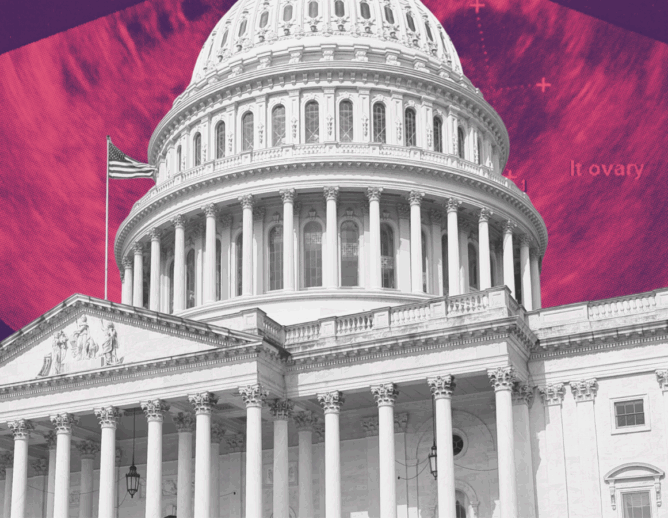 The best-known measure for determining the size (and success) of a country is the gross domestic product (GDP), which represents the monetary value of the goods and services that a particular economy produces in a given period. However, the GDP fails to reflect a population’s actual wellbeing or the wealth distribution since, for example, it can show an increase regardless of the level of the real income of people. In the view of the advocates for increased investment in health and education and comprehensive measurement of countries success, the World Bank recently released the 2018 Human Capital Index (HCI), aimed at advocating for more significant investment in education and health, which results in higher productivity and income of the workforce. This, in turn, leads both to the creation of higher levels of wealth and a stronger economy, in response to the changing nature of work and markets increasing the demand for higher levels of human capital.
The best-known measure for determining the size (and success) of a country is the gross domestic product (GDP), which represents the monetary value of the goods and services that a particular economy produces in a given period. However, the GDP fails to reflect a population’s actual wellbeing or the wealth distribution since, for example, it can show an increase regardless of the level of the real income of people. In the view of the advocates for increased investment in health and education and comprehensive measurement of countries success, the World Bank recently released the 2018 Human Capital Index (HCI), aimed at advocating for more significant investment in education and health, which results in higher productivity and income of the workforce. This, in turn, leads both to the creation of higher levels of wealth and a stronger economy, in response to the changing nature of work and markets increasing the demand for higher levels of human capital.
The HCI measures the human capital of the next generation, defined as the amount of human capital that a child born today can expect to achieve given the risks of poor health and poor education currently prevailing in the country where that child lives. It has three components: First, survival, which reflects the fact that children born today need to survive until the process of human capital accumulation through formal education can begin (under-5 mortality rate). Second, expected years of learning, showing the quantity of education a child can expect to obtain by age 18, combined with a measure of quality, reflecting that children in some countries learn far less than in others despite being in school for a similar amount of time. Finally, a health component made up of both the rate of stunting of children under age 5 and the adult survival rate (proportion of 15-year-olds who will survive until age 60). The resulting index ranges between 0 and 1, so a country in which a child born today can expect to achieve both full health and full education potential will score 1, but, consequently, a score of 0.7 signals that productivity as a future worker for a child born today is 30% below what could have been achieved with complete education and appropriate healthcare.
This new index stirred controversy and made headlines around the world when it ranked countries according to this mix of health and education measures and linked them directly to economic outcomes and the relative return on investments. With the new productivity standard of “country success,” Asian countries dominate the first four places while some of the world’s largest economies (according to GDP size) are located lower. But beyond the debate, there are clear benefits of this comprehensive assessment. First, as an indicator of the consequences of neglecting investments in human capital regarding the lost productivity of the next generation of workers, the HCI can be a tool to increase policymakers’ attention, thereby creating momentum for action. Second, given that investments in human capital may not produce economic returns for years, politicians tend to think of shorter-term ways to burnish their reputations. Thus, this measurement “shines a spotlight on the right priorities.” Third, the index emphasizes the importance of sustained leadership and coordination across all levels of government, creating the opportunity to engage finance ministers and the public in raising awareness of the costs of inaction and bolstering demand for interventions that build human capital.
It seems that it is worth to explore how civil society organizations (CSO) can use this index to bolster investment in human capital in their countries. Their engagement on this broader process the World Bank is undertaking already seems useful. First, the presence of CSOs in countries, their participation in global initiatives and their proximity to target populations make them the best assets to foster HCI general cognizance of the HCI content and government engagement. Second, CSOs can serve to build coalitions across multiple sectors, often working with other allies beyond the health or education traditional partners. The HCP can be the perfect occasion to facilitate the participation of the CSOs who have more significant leverage in data gathering and analysis, to promote some countries scaling up measurement and research. Third, CSOs can support the HCP efforts of understanding and identifying what policies can help countries rapidly increase their human capital by offering innovative options, and can be recognized and promoted as vital partners in achieving the transformations at a global level.
*Image courtesy of The World Bank.



